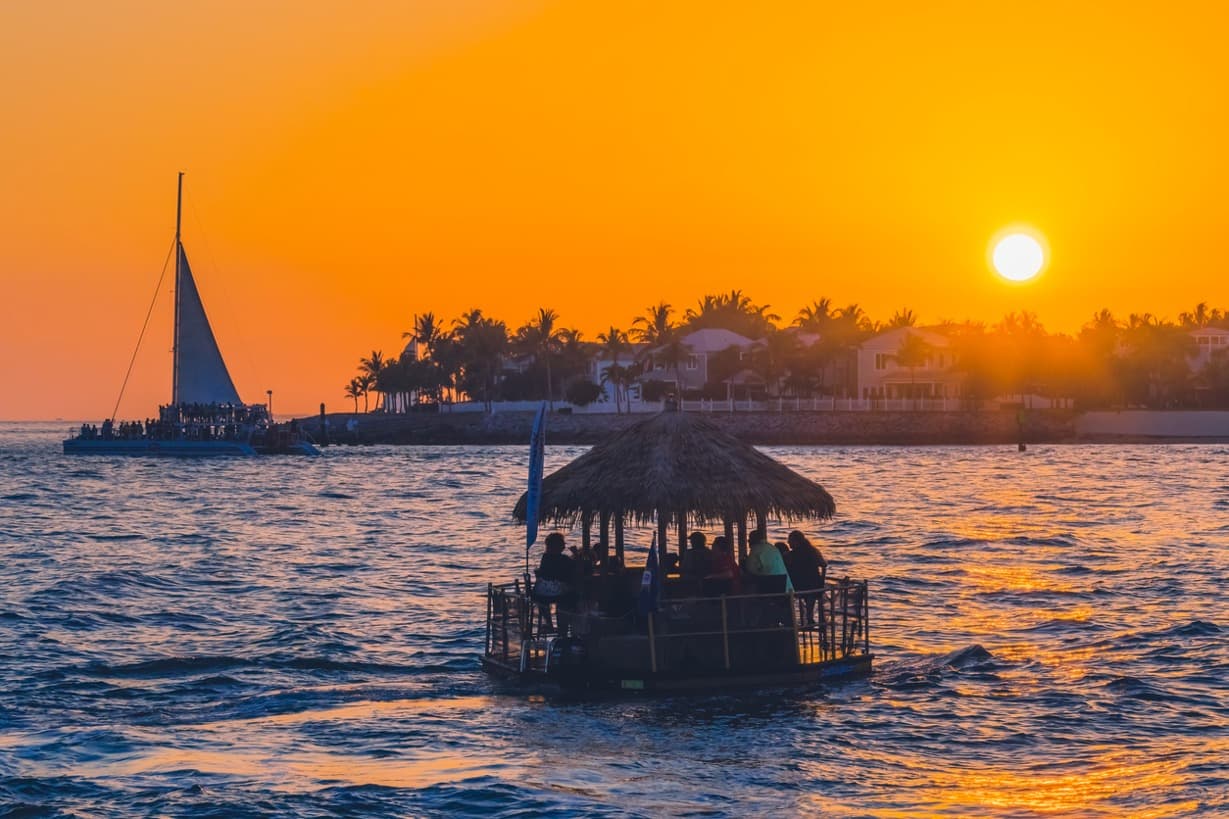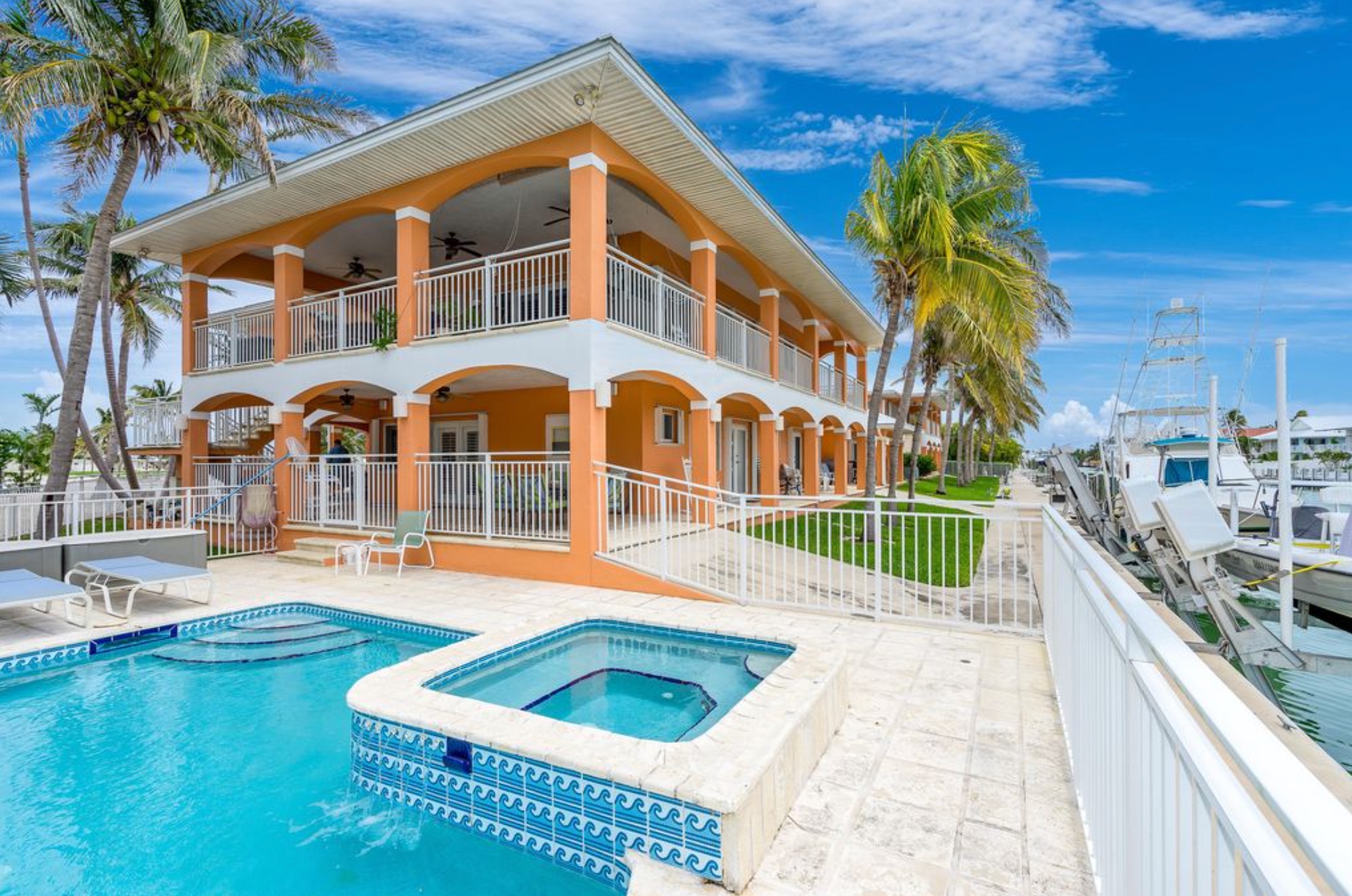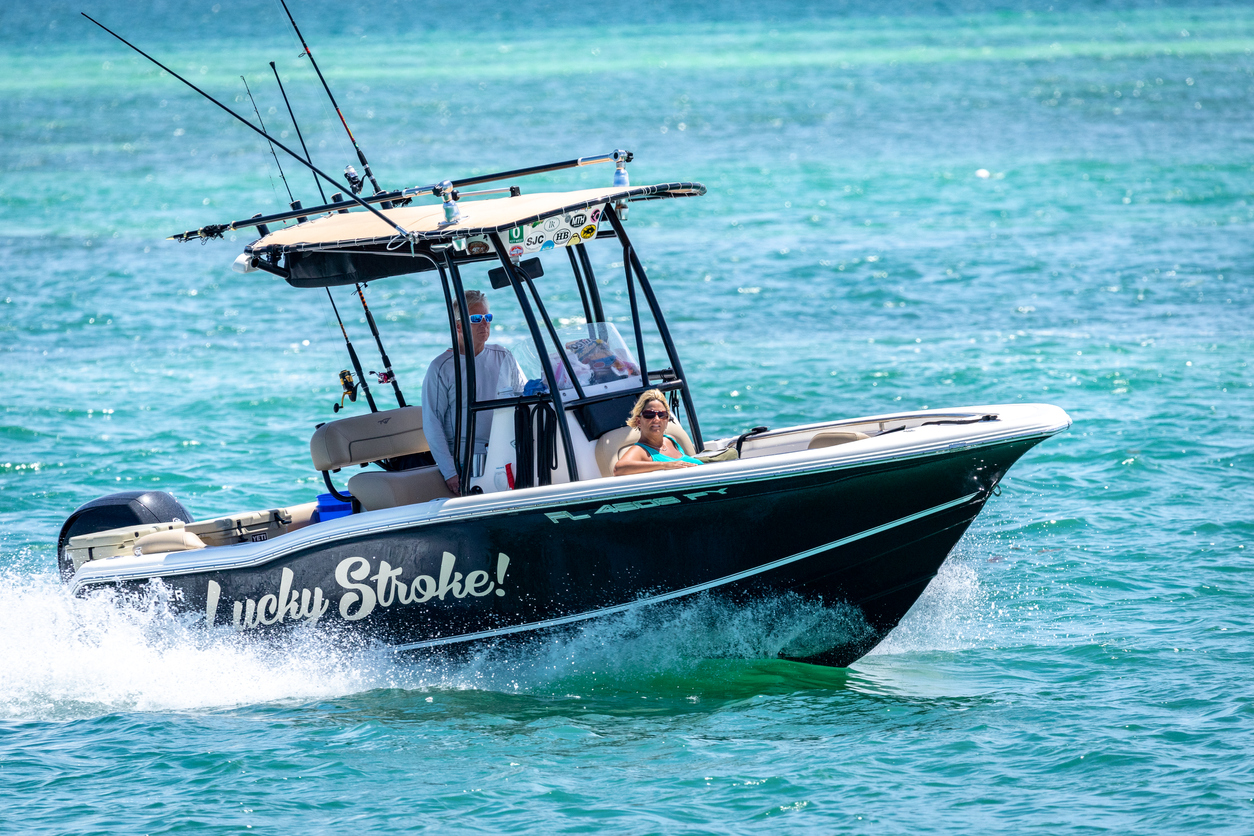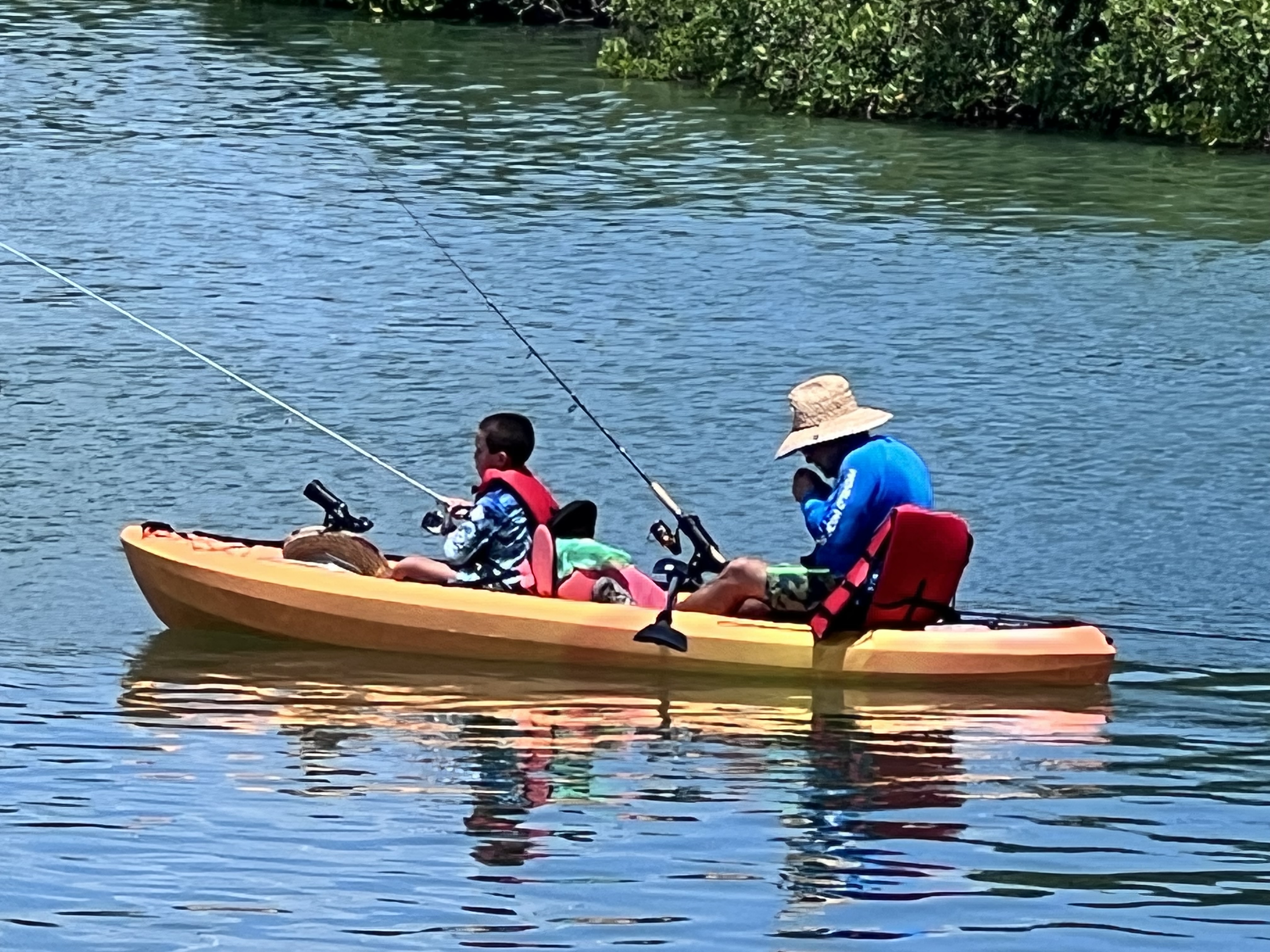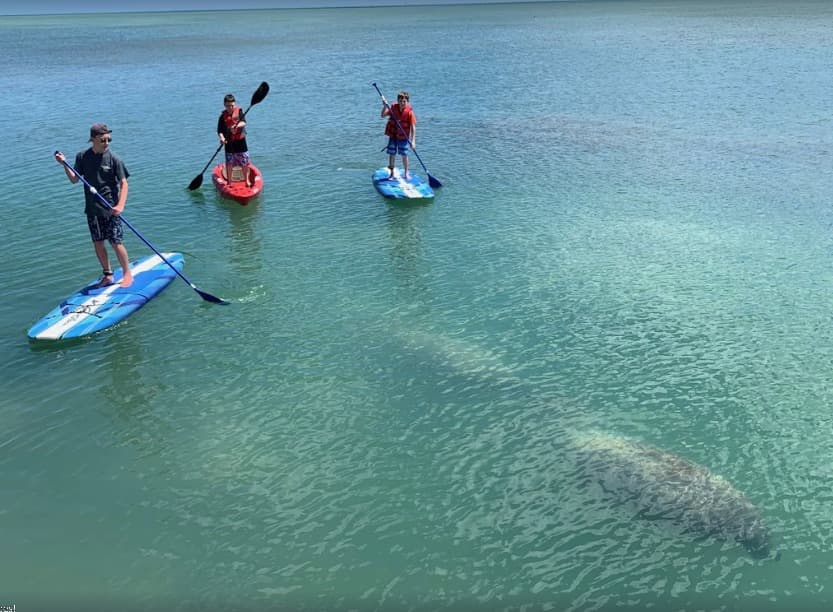
Fascinating Insights into Manatees in the Florida Keys
10 Jul 2023 Catgeory1
"Fascinating Insights into Manatees in the Florida Keys"
Hey, have you ever wondered why manatees are seen in the Florida Keys during the summer? often arises regarding the presence of manatees in the Florida Keys during the summer season. While these gentle giants are known for their affinity for the region during winter, it may come as a surprise that they can be spotted year-round. However, the optimal time to observe these magnificent and leisurely creatures is when the water temperatures drop in the northern parts of Florida. Similar to many human visitors to the Florida Keys during winter, manatees gravitate towards warm waters.
YouTube Video of Manatee Mother and Manatee Baby in the Florida Keys. https://youtu.be/YVdR6hhEwg4
The specific species you will encounter in the Florida Keys is a subspecies known as the Florida Manatee, which belongs to the broader classification of West Indian Manatees. To maximize your chances of observing these unique creatures, it is recommended to venture out onto the water with a local companion. Taking a kayak tour guided by a knowledgeable Key West resident provides an authentic and insightful experience.
While manatees are occasionally spotted at the marina, embarking on a water-based excursion offers the best opportunity for encountering them. Whether you choose a kayak, stand-up paddleboard (SUP), or even a jet ski, escaping to a tranquil location enhances your prospects of finding manatees in the Florida Keys. Keep an eye out for these captivating creatures, as well as lemon sharks and mudskippers, amidst the protected mangrove tunnels.
For those seeking manatee encounters, several notable locations deserve consideration:
1. John Pennekamp State Park
2. Indian Key Historic State Park
3. Cow Key Marina
4. Dry Tortugas National Park
5. Key West Bight Marina
6. Garrison Bight Marina
Exploring these destinations will provide opportunities to immerse yourself in the beauty of nature and increase the likelihood of encountering manatees in the captivating waters of the Florida Keys.
Here are some additional fascinating insights about manatees:
1. Reproduction and Babies: Manatees typically have one calf at a time, although twins can occur rarely. The gestation period for manatees is approximately 12 months. After birth, the baby manatee, known as a calf, stays with its mother for an extended period of around 1 to 2 years.
2. Diet: Manatees are herbivores and primarily feed on aquatic vegetation. Their diet mainly consists of seagrass, various types of aquatic plants, and algae. They are known to consume a substantial amount of vegetation daily to meet their nutritional needs.
3. Sleeping Habits: Manatees have unique sleeping habits due to their aquatic lifestyle. They are known to spend a significant amount of time resting and sleeping, often floating just below the water's surface. Manatees need to surface for air regularly, so they can't fully sleep like humans do. They typically rest for a few minutes at a time and then resurface to breathe.
These intriguing characteristics contribute to the unique lives of manatees, making them truly remarkable creatures in the marine world.
Manatees have a few natural enemies or threats in their environment. Some of these include:
1. Boat Collisions: Collisions with boats pose a significant threat to manatees. Their slow-moving nature and preference for shallow coastal waters make them vulnerable to accidental collisions, resulting in serious injuries or even death.
2. Habitat Loss and Pollution: Manatees rely on healthy aquatic habitats, such as seagrass beds and warm springs, for food and shelter. Habitat loss due to coastal development, pollution, and water contamination can negatively impact their survival by reducing their available food sources and exposing them to harmful toxins.
3. Entanglement in Fishing Gear: Manatees may become entangled in fishing gear such as nets, lines, and ropes, which can lead to injuries or restrict their movement. This can hinder their ability to swim, feed, and breathe properly.
People often want to know if they can feed or give manatees water.
Feeding or providing water to manatees, particularly in the wild, is generally discouraged and in some cases illegal. While it may seem like an act of kindness, it can have unintended negative consequences for the manatees and their natural behaviors.
Feeding manatees disrupts their natural foraging habits and can lead to dependence on human-provided food, which is not a healthy or sustainable diet for them. Additionally, when manatees become accustomed to being fed by humans, they may start approaching boats and docks more frequently, increasing their risk of boat strikes and other potential dangers.
In many areas, including protected wildlife refuges and sanctuaries, it is against the law to feed or offer water to manatees. Violating these regulations can result in fines, legal consequences, and may harm the well-being of the manatees themselves.
It's important to respect and observe manatees from a safe distance, allowing them to behave naturally and find their own food sources. If you encounter a manatee in the wild, enjoy the experience from a distance and refrain from any activities that could disrupt their natural behaviors or habitats.
To stay safe, manatees have a few strategies:
1. Protected Areas: Manatees seek refuge in protected areas like wildlife refuges, sanctuaries, and warm-water springs. These areas provide a safe haven where they can find food, rest, and escape potential threats.
2. Awareness and Conservation Efforts: Public education and awareness campaigns have played a vital role in promoting manatee conservation. Boaters are encouraged to be vigilant and follow speed limits in manatee habitats, reducing the risk of collisions. Efforts are also made to preserve and restore manatee habitats to ensure their long-term survival.
3. Manatee Protection Laws: Laws and regulations have been established to protect manatees. These include speed zones in waterways, restrictions on watercraft access in certain areas, and penalties for harming or harassing manatees.
Through these combined efforts, conservationists, researchers, and policymakers strive to protect manatees and mitigate the various threats they face, ensuring their safety and promoting their long-term survival.
There are fines and legal penalties for harming or killing a manatee. Manatees are protected under various laws and regulations at both the federal and state levels in the United States.
The specific details of fines and penalties for harming or killing a manatee can vary depending on the jurisdiction and the circumstances surrounding the offense. However, I can provide some general information regarding the potential penalties:
1. Federal Penalties: Under the Endangered Species Act (ESA) and the Marine Mammal Protection Act (MMPA), the penalties for harming or killing a manatee at the federal level can be significant. Violations can result in fines up to $100,000 per individual or $200,000 per organization, and may include criminal charges, imprisonment, or both.
2. State Penalties: Individual states with manatee populations, such as Florida, also have their own laws and penalties in place. In Florida, for example, harming, harassing, capturing, or killing a manatee is a second-degree misdemeanor, punishable by fines up to $500 and potential imprisonment for up to 60 days. Repeated or intentional offenses can result in higher fines and steeper penalties.
It's important to note that these penalties are intended to deter actions that harm manatees, protect their habitats, and promote their conservation. The severity of the penalties emphasizes the importance of respecting and preserving these gentle creatures and their vulnerable ecosystems.
For the most accurate and up-to-date information on specific fines and penalties in a particular jurisdiction, it is advisable to consult the relevant laws and regulations or seek legal advice.
